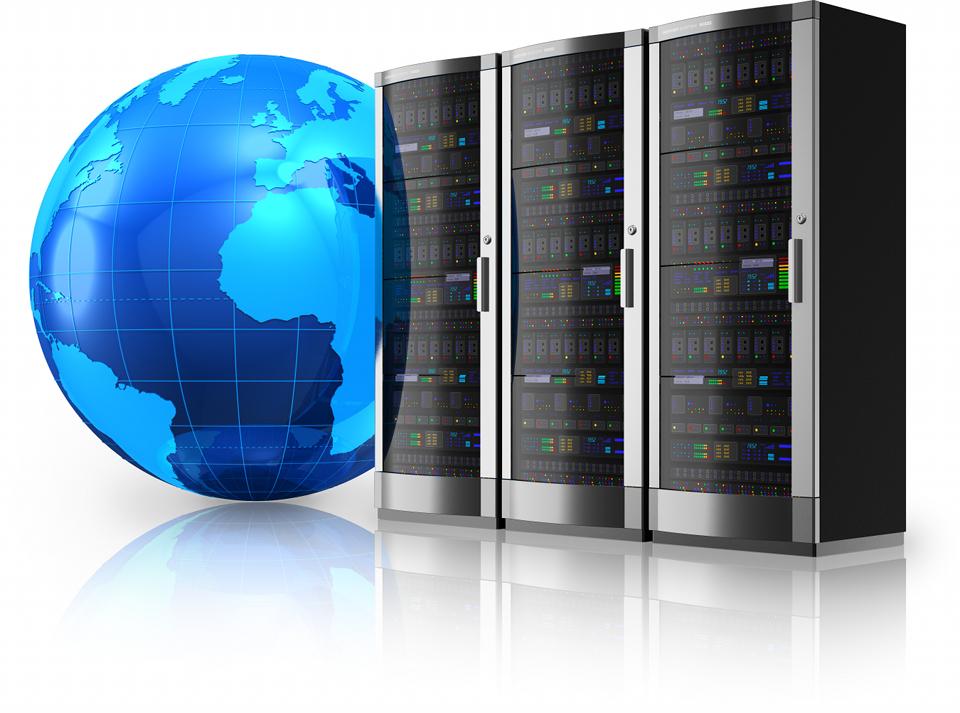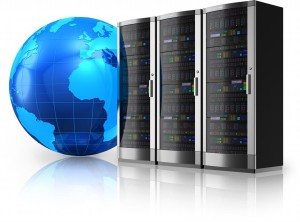Database Management System
INTRODUCTION:
Data is meaningful information. The collection of interrelated data is called as database. The database contains the information which is interrelated. The database management system is software system which provides interface to user of database to retrieve, modify and manage data. Formally, the term “database” refers to the data itself and supporting data structures. Databases are created to operate large quantities of information by inputting, storing, retrieving, and managing that information. Databases are set up, so that one set of software programs provides all users with access to all the data. Databases use a table format, which is made up of rows and columns.
Each piece of information is entered into a row, which then creates a record. Once the records are created in the database, they can be organized and operated in a variety of ways that are limited mainly by the software being used. Databases are somewhat similar to spreadsheets, but databases are more demanding than spread sheets because of their ability to manipulate the data that is stored. It is possible to do a number of functions with a database that would be more difficult to do with a spread sheet. The word data is normally defined as facts from which information can be derived. A database may contain millions of such facts. From these facts the database management system (DBMS) can develop information
FRONT END AND BACK END
The concept of front end and back end is very important to understand the basic type of software front end is what we see stated in another words front end is nothing but user interface of software using user interface the user can interact with software, there are different user interface are available like command line, graphical user interface. The backend is the software which takes care of the data or information which user wants to store. For example: MS ACCESS, FORPRO and ORACLE.
DBMS FUNCTION:
- DATA DEFINATION LANGUAGE
The DBMS provides function to define the relationship between data. These include the structure of data and other information of data. These include the commands like CREATE TABLE, ALTER TABLE, and DROPE TABLE.
- DATA MANIPULATION LANGUAGE
After the creation of table data needs to be inserted, modified or deleted. Using data manipulation commands we can manipulate data. We can select particular data. There commands like SELECT, INSERT, UPDATE.
- DATA CONTROL LANGUAGE
Data control language provides user privilege command .these commands allows user to provide different access rights. For example some user can only enter data while other user can only see information. Examples are GRANT AND REVOKE COMMAND.
DATA ABSTRACTION
If we take example of any software the software is logically divided into three levels physical level, logical level, view level. There are few reason to divide software into different levels. it allows particular user to work in his level for example normal user works on view level to use software he don’t need to have internal knowledge of software. So the data abstraction is nothing but hiding complicated information from normal user it makes system more user friendly.
- Physical level
Physical level is lowest level of the data abstraction. It defines how data is stored.
- Logical level
This level defines what data is stored and what relationship in data is.
- View level
The view level is used by normal user to access software. For more reading about technology news in singapore and seo to online marketing do view more about other pages.

